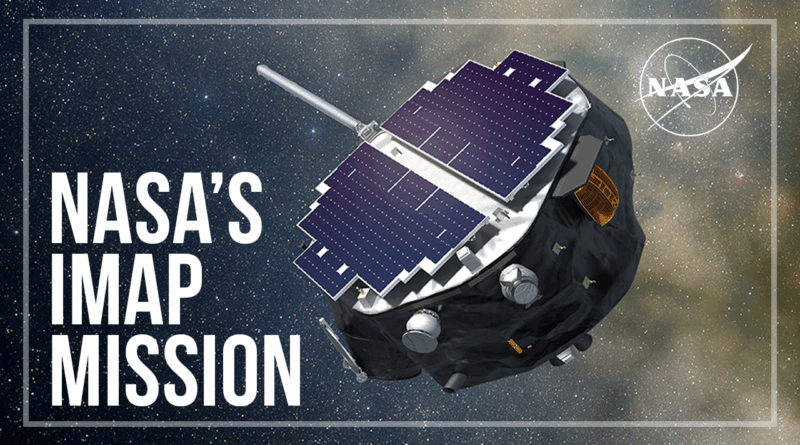Chasing the Cosmic Wind: NASA’s IMAP Mission Takes Flight
Space science is about to get a front-row seat to the invisible frontier. NASA’s Interstellar Mapping and Acceleration Probe (IMAP), scheduled for launch in 2025, is set to journey a million miles from Earth to study the heliosphere — the vast bubble carved out by the solar wind that shields our planet from galactic radiation. For humanity, it’s a chance to peer into the invisible boundary between our solar system and the wider galaxy.
IMAP will ride on a SpaceX Falcon 9 from Cape Canaveral, destined for the Sun–Earth L1 Lagrange point, a gravitational sweet spot ideal for continuous observation. Once there, the probe will deploy 10 advanced instruments designed to capture particles streaming from the Sun and chart their interactions with cosmic rays. The mission’s goal: to map how solar wind particles accelerate and escape into interstellar space, a phenomenon still poorly understood despite decades of study.
Why does this matter? Because the heliosphere is Earth’s first shield. It deflects harmful cosmic radiation that could otherwise batter our atmosphere and life itself. Understanding its behavior is crucial not just for science but for future space travel. Astronauts on missions to the Moon or Mars will depend on accurate space weather predictions to safeguard them from radiation storms.
IMAP is also symbolic of a larger quest: humanity’s desire to understand its cosmic neighborhood. As Voyager 1 and 2 continue to send faint signals from beyond the heliosphere, IMAP will act as their younger sibling, providing context and detail. Together, they will help us stitch the first real maps of the boundary between “our” solar bubble and the rest of the galaxy.
In an era when technology often looks inward — into chips, code, and connectivity — IMAP reminds us to look outward, into the winds and mysteries that connect us to the stars.





